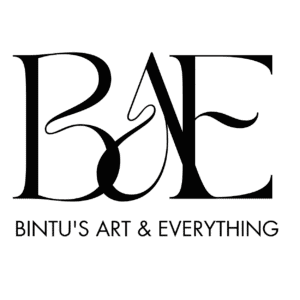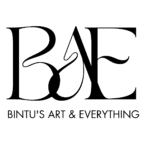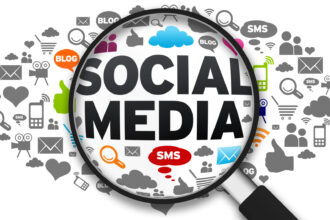In today’s fast-paced digital world, people don’t just buy products — they buy brands. And if you’re building a business in Nigeria’s competitive market, your brand identity isn’t just a “nice to have” — it’s your voice, your vibe, your value.
But how do you build a business that’s more than just a logo?
One that sticks in people’s minds? One that speaks to your audience, earns loyalty, and sets you apart?
Let’s break it down in a simple, Nigerian way.
What Is Brand Identity, Really?
Your identity is how your business looks, sounds, and feels to the public. It includes your:
- Logo and colour palette
- Fonts and visual style
- Tone of voice
- Brand story and messaging
- Customer experience
When done right, it creates a lasting impression — think of Paystack’s simplicity, Flutterwave’s boldness, or Indomie’s family vibe.
Your goal? To build a business that make people feel something — trust, joy, confidence — whenever they see or hear from your brand.
Step 1: Define Who You Are (and Why You Matter)
Before picking colours or designing anything, build up your brand core.
Ask yourself:
- What problem do I solve?
- Who am I serving?
- Why should anyone care?
Example:
Let’s say you run a fashion brand for Gen Z Nigerians. You’re not just selling clothes — you’re selling confidence, culture, and self-expression.
Use this clarity to define your brand mission, vision, and values.
Step 2: Choose a Name and Logo That Stick
Your name and logo are often your first impression. So, make them:
- Simple to spell and pronounce
- Relevant to your niche or message
- Scalable for social media, packaging, or billboards
Pro Tip: Work with a local designer who understands Nigerian culture and global trends — you’ll stand out with intentional design, not just Canva templates.
Step 3: Pick Colours and Fonts That Speak Emotion
Colours are powerful. In Nigeria, we already associate green with growth (think agriculture, fintech), red with urgency (sales), and gold with luxury.
Here’s a guide:
- Blue = Trust (great for finance or tech)
- Yellow = Energy (perfect for youth brands)
- Purple = Creativity (for artists or lifestyle brands)
Choose 2–3 brand colours and 1–2 fonts that reflect your identity. Then, use them consistently across your website, flyers, social posts, and pitch decks.
Step 4: Build a Brand Voice That Sounds Human
Your tone should match your audience. Are you:
- Formal (law firm, investment platform)?
- Friendly and youthful (food brand, fashion store)?
- Bold and empowering (female-led business)?
Be consistent with how you write captions, emails, blog posts, and even replies on Twitter. Your voice builds personality — and people connect with personality.
Example:
Instead of: “Click here to download our service document.”
Try: “Want to see how we can help your hustle? Download this quick guide.”
Step 5: Tell a Story That Feels Real
People remember stories more than stats. Share:
- Your founder journey (especially if it’s relatable)
- What inspired your business
- Behind-the-scenes content
- Customer success stories
Nigerians love authenticity — show them you’re one of them, and your brand will stick.
Step 6: Be Consistent Across All Touchpoints
Your brand identity should be clear and uniform across:
- Your Instagram page and WhatsApp messages
- Website and newsletters
- Product packaging and business cards
Inconsistency creates confusion — and confusion kills trust.
Tip: Create a brand style guide (even a simple Google Doc) that includes your logo rules, colour codes, fonts, tone, and slogan.






